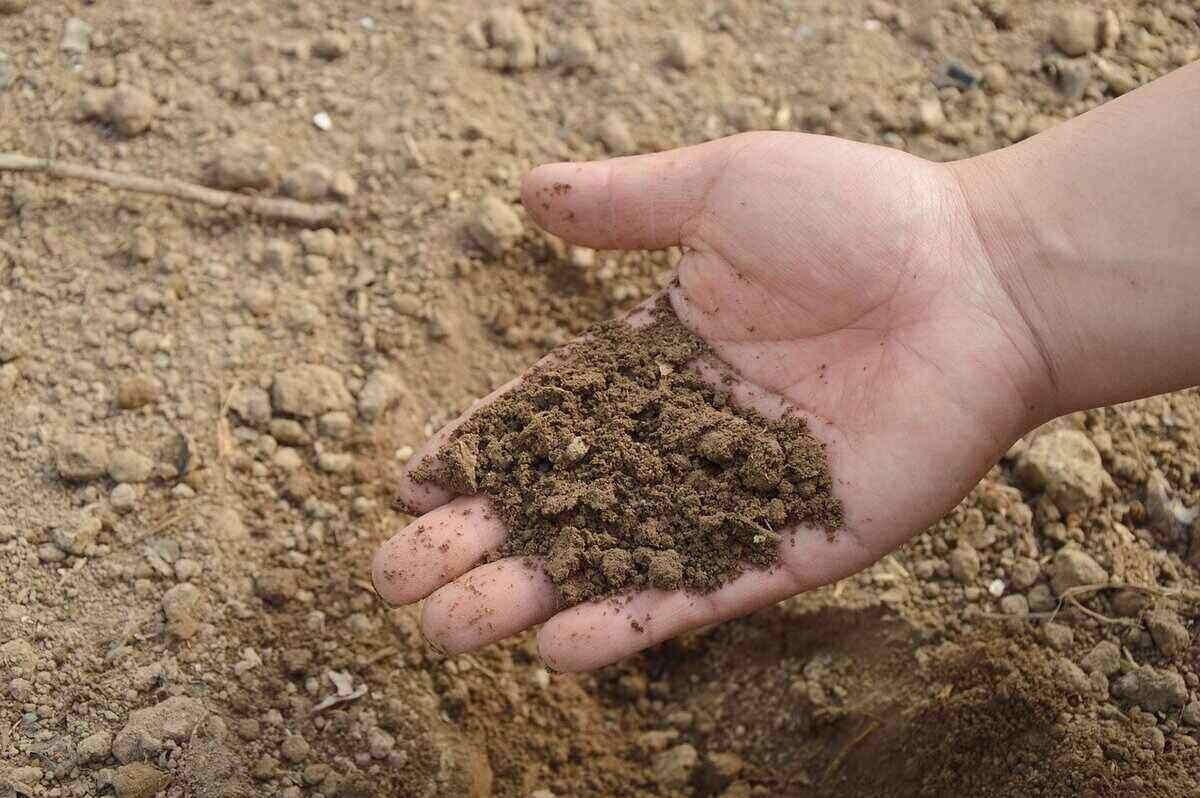
Just like us, our lawns need to breathe. Most lawns need aeration every 1 to 5 years. In some cases, you may need to aerate twice a year, such as if your lawn has clay soil and receives lots of foot traffic.
The frequency of aeration depends on the lawn’s soil type, level of compaction, and overall grass health. For instance, if your lawn has sandy soil, no foot traffic, and healthy grass, then you might only need to aerate every 5 years.
In this article, you’ll learn how often to aerate your lawn, the perfect season for aeration, and the best aeration machines that will make your lawn’s aeration most effective.
Factors That Influence Aeration Frequency
Most lawns will benefit from being aerated every 1 to 5 years, but what about your lawn? Well, that depends on a few key factors. Let’s break it down:
Soil Type

If your lawn is sitting on heavy clay soil, it’s time to roll up your sleeves because you’ll likely need to aerate every 1 or 2 years.
On the other hand, sandy and loam soils circulate oxygen more easily and compact less frequently, so they will benefit from core aeration every 3 to 5 years.
Check out our guide to soil types for more information, including how to identify your soil type.
Soil Compaction

Is your lawn the local parking lot or a favorite spot for neighborhood kids to play? If so, you’ve probably got some serious soil compaction from the vehicle weight and foot traffic. The more compacted the soil, the more often you’ll need to aerate.
Is your yard not draining water? Is it developing a thick layer of thatch? These are both signs that your lawn’s soil is compact and may require aeration.
Here’s a test to check your soil compaction: Grab a screwdriver and try to stick it into the ground. If it goes in easily, your soil is in good shape and doesn’t need aeration. If you have to use more force than opening a stubborn pickle jar, it’s time to aerate!
Turfgrass Health

Bare patches and thinning turf are your lawn’s way of waving a white flag. If your lawn looks like it’s going bald, aeration can help encourage new growth. Aerating the soil and then reseeding can turn those sad patches into lush, green expanses again.
When to Aerate Your Lawn
The optimal period for lawn aeration depends on where you live and the variety of grass you have:
- Cool-season grasses thrive best when aerated in early spring or fall. While early spring works, fall is the true superstar season for aeration. As temperatures start to chill out and moisture levels rise, your turf will bounce back faster than a rubber ball on a trampoline.
- Warm-season grasses prefer aeration in late spring through early summer. This is when your grass is actively growing and ready to recover from aeration.
Which Aeration Machine Should I Use?

Here are some aeration machines you can use :
- Manual aerator: This gadget is a pole with a T-shape that pokes holes in your lawn. It’s great for small yards. But using this on a large lawn? Well, you might end up getting more of a workout than you bargained for.
- Gas-powered, push-behind core aerator: This is like a lawnmower that removes holes instead of cutting grass. This machine is your go-to for larger lawns with serious soil compaction issues. You can rent one, but make sure you know how to operate it.
- Tow-behind aerator: This device hooks up to your mower, and you simply drive slowly across your lawn, letting the machine do all the hard work. It’s an excellent choice for big spaces with compacted soil.
Avoid solid-tine or spiking devices that may further compact the soil. Opt for core aeration devices instead.
Check out our related articles for further information:
- What Is Core Aeration and How Is It Done?
- How to Prepare Your Lawn For Aeration and Overseeding
- How to Aerate a Lawn
- How Much Does Lawn Aeration Cost in 2024?
FAQ About Aerating Your Lawn
Should I aerate a wet or dry lawn?
You should aerate a moist lawn. Aerating is easier and more effective when your soil is moist from irrigation or rainfall the day before. Overly dry soil can be tough to aerate, but be careful not to aerate an overly wet lawn, as this can lead to further compaction and damage.
Is it useful to use aeration shoes on compacted soil?
Using aeration shoes on compacted soil is not very useful. Spiked shoes don’t work well because they impact too small an area and can further compact the already compacted soil. For effective aeration, it’s better to use a core aerator that removes plugs of soil, allowing air, water, and nutrients to penetrate deeply.
Should I overseed after aeration?
Yes, it’s a great idea to overseed your lawn after aerating. Aeration creates the perfect conditions for new grass seeds to establish, as the holes allow seeds to make better contact with the soil, receive more nutrients, and grow stronger roots. Check out our article How to Aerate and Overseed Your Lawn for a step-by-step guide and more benefits.
Hire a Lawn Care Professional
After aerating your lawn, you’ll be well on your way to a dense, healthy, green turf. But remember, a healthy lawn needs regular care to stay beautiful.
If you need help with mowing or other lawn maintenance tasks, hire a lawn care pro near you. They can ensure your lawn stays picture-perfect, leaving you more time to relax and enjoy your beautiful outdoor space.
Sources
Main Photo Credit: Horticulture / Adobe Stock




